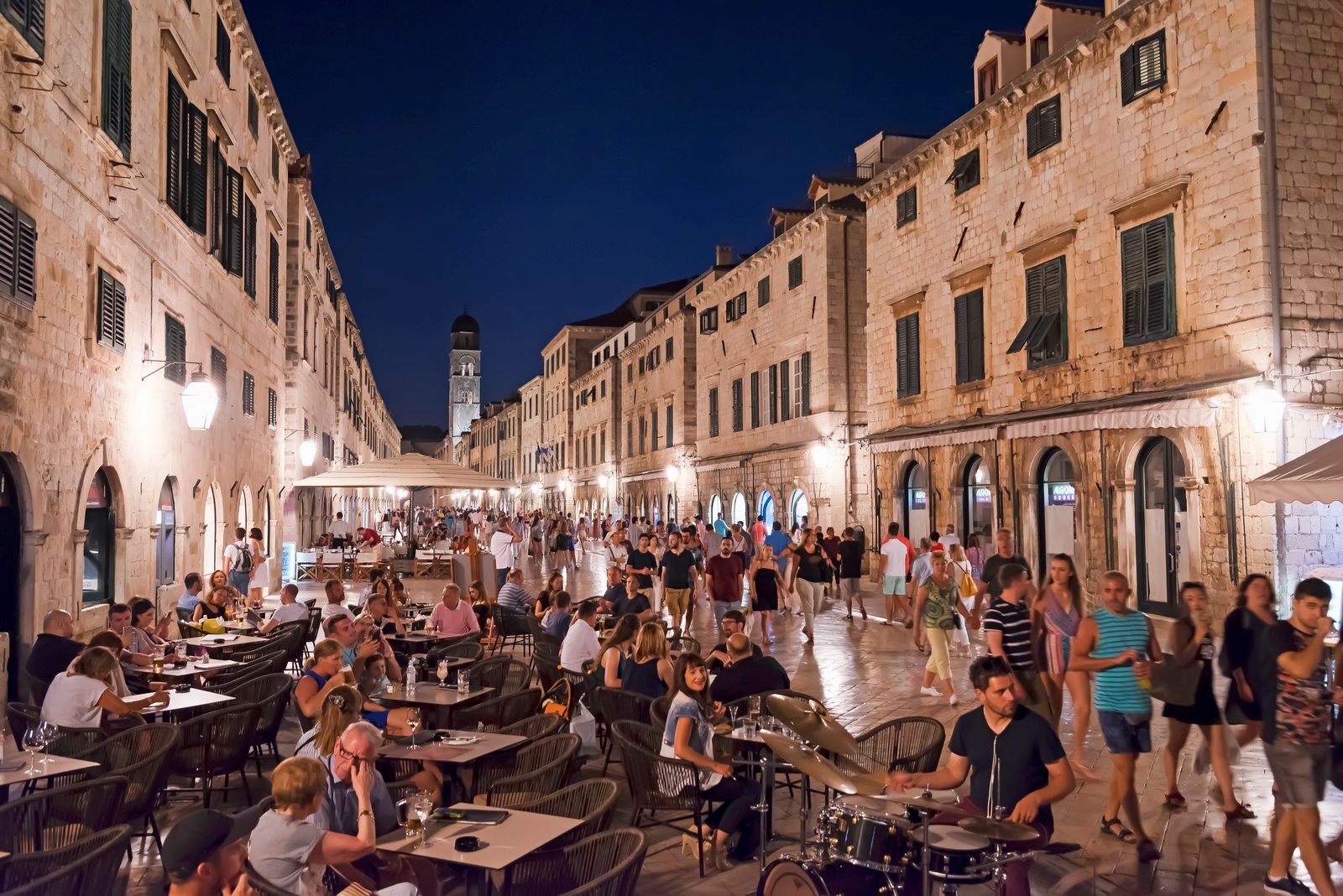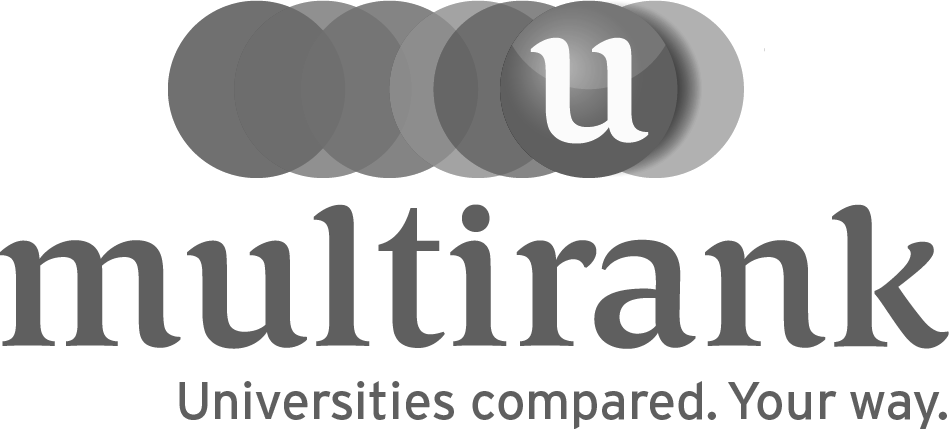
22 November 2021
There is a lot talk about the benefits of tourist arrivals in Croatia, and this topic is the subject-matter of numerous scientific research. However, an evaluation of the total impact of tourism to Croatian society and the economy requires an analysis of all benefits and costs to the society. In their new paper within the TOURCRO project ‘High season, low growth: The impact of tourism seasonality and vulnerability to tourism on the emergence of high-growth firms’, its authors, Associate Professor Nebojša Stojčić, PhD from the University of Dubrovnik, Associate Professor Josip Mikulić, PhD from the Faculty of Economics and Business of the University of Zagreb, and Maruška Vizek, PhD from the Institute of Economics, Zagreb, analyse the impact of tourist arrivals on the emergence of high-growth firms in local government units in the Republic of Croatia.
The research has been published in the prestigious Tourism Management journal, ranked in the first quartile of the Web of Science data base among the top three journals for tourism and top ten journals for management, with the WoS impact factor 10.967 and 4 stars on the ABS list. This makes it the paper published in the journal with the greatest impact factor, which was authored by a scientist from the University of Dubrovnik since the University’s foundation.
The analysis, conducted on the population of local government units and on a sample limited to the local government units that recorded tourist arrivals from 2012 – 2019, encompassed the population of more than 100 thousand firms, i.e. legal entities that were registered in Croatia in the observation period. The results of the analysis, which are robust against the change of sample and evaluation method, suggest that both the vulnerability of local government units to tourist arrivals and the increased tourism seasonality negatively impact the emergence of high-growth firms in local government units. However, the impact of higher tourism seasonality to the decrease in the number of high-growth firms is 4 to 6 times greater than the negative impact of tourism vulnerability. This means that the under-utilisation of the capital for tourist offers, huge fluctuations in tourist revenues and the increased vulnerability of local government units to external shocks limit the growth opportunities of tourist firms and firms from other sectors in the cities and municipalities with a pronounced tourist seasonality. The paper is available at:
https://www.sciencedirect.com/science/article/pii/S0261517721001746?via%3Dihub











